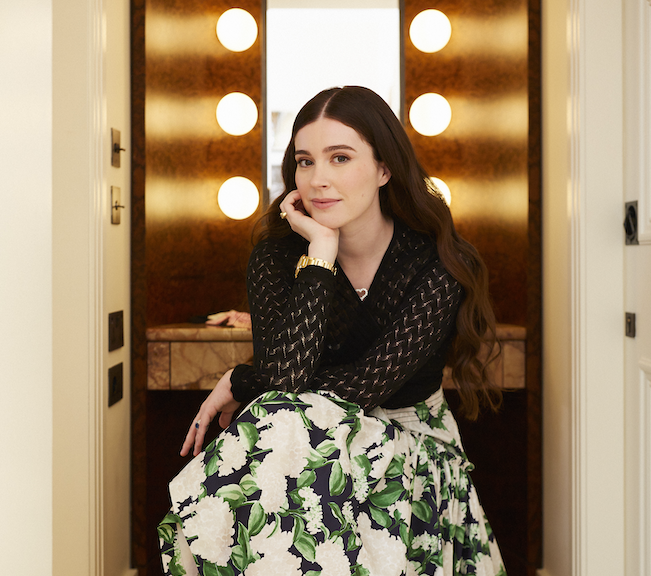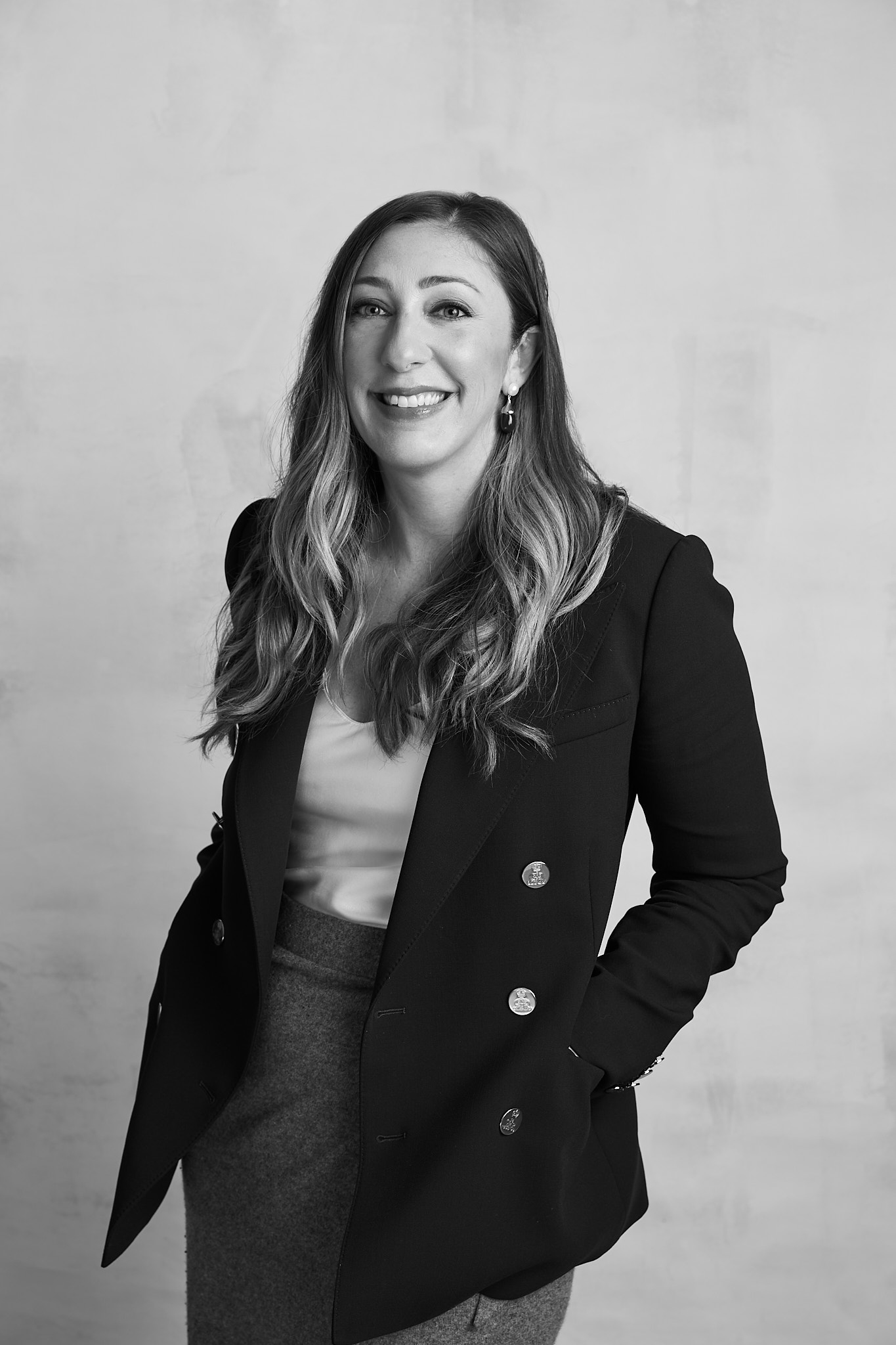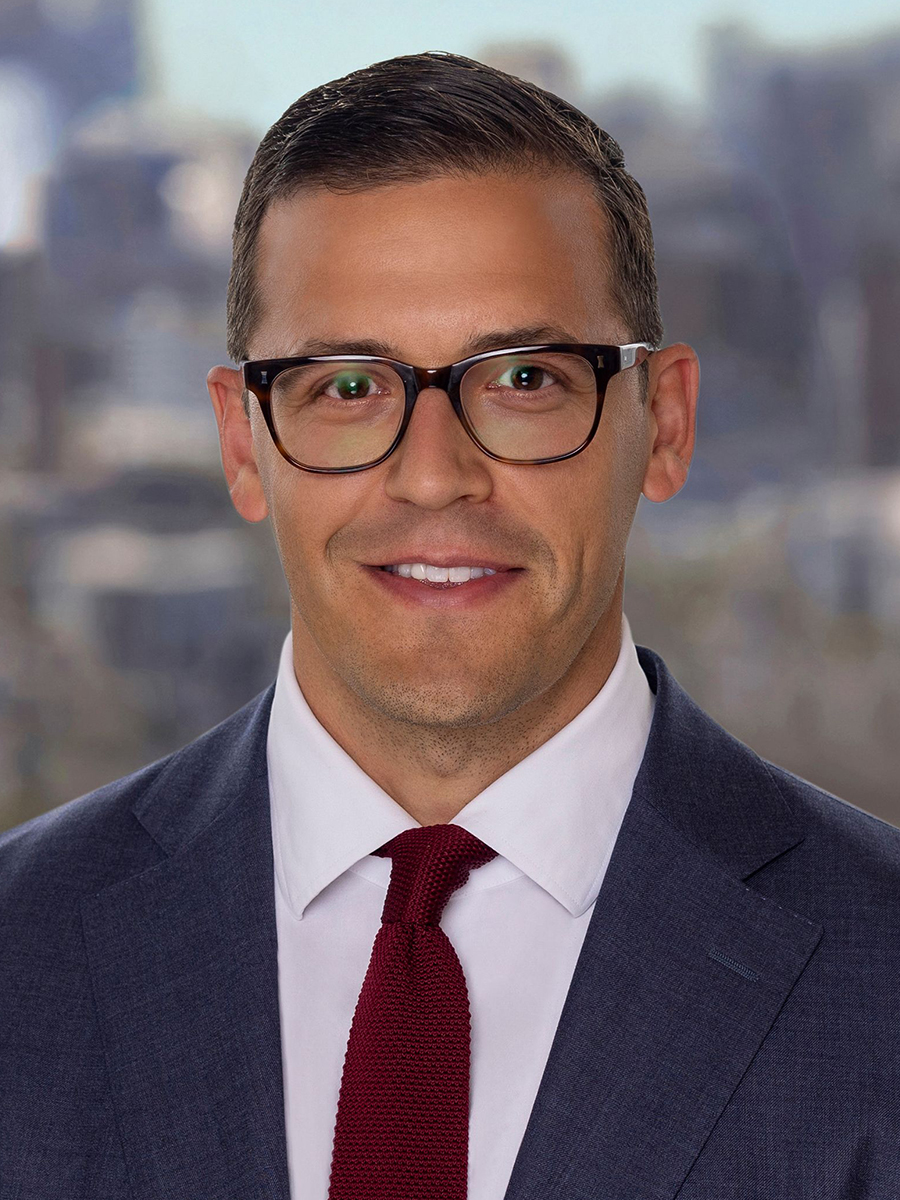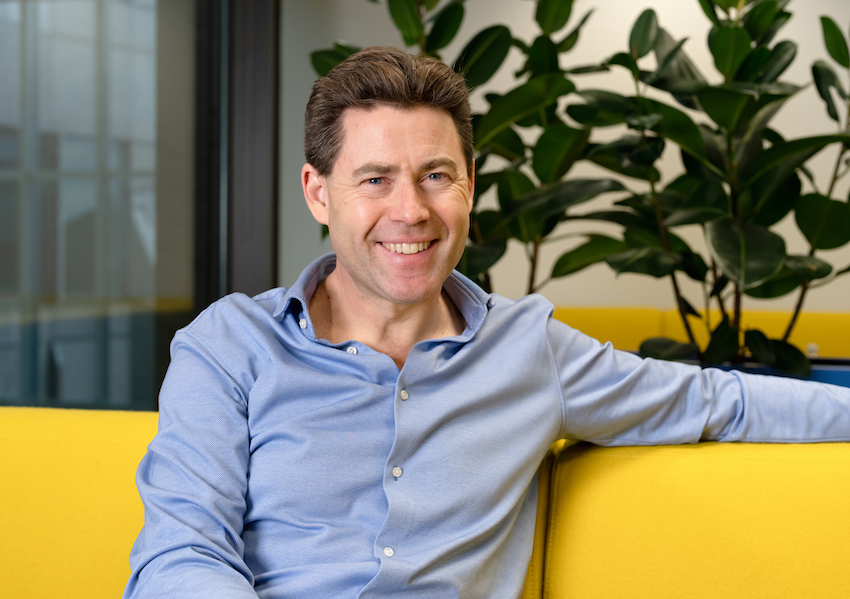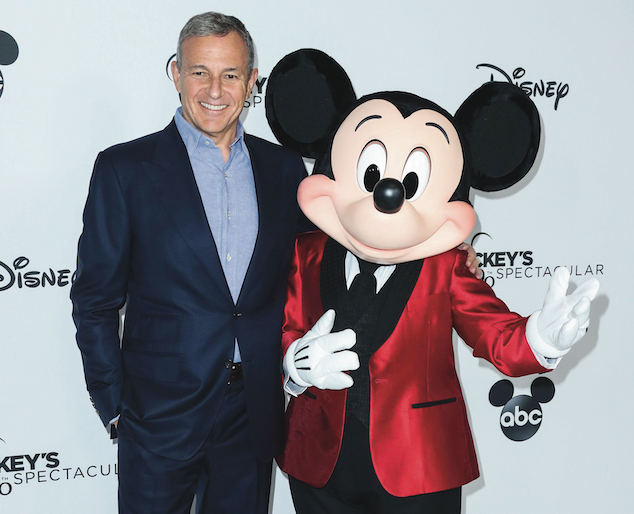“I think anyone who sits on a Board or executive team now has a deeper understanding about the need for strong, strategic communications leadership,” says Ralph Lauren’s Chief Global Impact and Communications Officer.
Katie Ioanilli has worked in communications as both an outside advisor and in-house leader, in London and New York. She became a Partner at Brunswick in her early 30s and was included on PR Week’s “40 Under 40” list in 2022. In her current role, she sits on the Executive Leadership Team at one of the world’s most iconic luxury lifestyle companies, Ralph Lauren, serving as its Chief Global Impact and Communications Officer. In that role Ioanilli is responsible for building and stewarding the company’s reputation around the world and for ensuring its high standards for sustainability and corporate citizenship are reflected in its business, culture and operations.
The “Global Impact” part of Ioanilli’s title reflects responsibility for the company’s impact strategy, as well as an important communications truth: talking about your company today means talking about its impact in the world. We recently spoke with Ioanilli about that environment, the expanding role of communications in business leadership, and what she has learned from Ralph Lauren himself.
We also asked her for some fashion advice: “Getting dressed is the most creative thing most people do all day,” she said. “Make choices that reflect your own sense of personal style, that you feel confident and comfortable in. Ralph has always said, ‘it’s not about the clothes.’ It’s about how they make you dream and feel. When you approach fashion with this in mind, it can be incredibly empowering.”
You joined Ralph Lauren in 2017 to lead its communications. Now you also lead its Global Impact work. That’s not a common trajectory for many communications professionals. How did it happen?
Our department includes global communications, government relations & advocacy, sustainability and citizenship. I think you’re seeing this mix of responsibilities more and more, particularly at big consumer brands.
We began seven years ago as the company’s first global corporate communications function that sat at the executive level. We were essentially a start-up inside a 50-year-old company—establishing a team, processes, a corporate website, while also supporting the roll out of a new company strategy, significant leadership transitions, a restructuring and more.
We added government relations about a year in. This had historically been done reactively across different markets, and we knew we needed a more deliberate, holistic approach. Our work was initially rooted in IP and brand protection efforts with a focus on China, our biggest growth market. The mission has expanded significantly over time, especially as the fashion industry faces more regulation related to product and supply chain transparency.
When we added sustainability and citizenship, we essentially created a new organization. We had already set our public goals and commitments in this space, like science-based climate targets. We were moving from setting the goals to implementing the strategies to reach them—and a lot of that intersected with the communications and government work.
Our Global Impact & Communications org is based on this idea that, today, companies have to deliver their purpose in every sense—not just in what but how they create and its overall impact on the world; they have to communicate about that; and they have to advocate for clear and fair policies that support it. The symbiosis is even greater than we originally anticipated.
There is a lot of hyperbole about purpose-washing and backlash on ESG. How does this affect your role and Impact mandate?
I think there is some confusion and conflation about what purpose is. Purpose is not ESG, CSR, sustainability or whatever you choose to call your social and environmental impact work. Purpose is why you exist, and defining this and delivering it consistently and authentically should create clarity, engagement and ultimately value. Our Impact organization doesn’t singularly own purpose, just like HR doesn’t singularly own culture—they are everyone’s responsibility.
Your core business should exude your purpose—your product, your marketing and your go-to-market strategy. And, if you are living your purpose with integrity, it should extend to how you create and deliver these things—the treatment of employees, partners, communities and the environment. Some people call that ESG—really we don’t need to call it anything other than operating a business that is built to last.
Why do you think there is some backlash—or at least noise—on ESG?
I think this is somewhat specific to the US, and the narrative plays into the general polarization happening on virtually every topic.
But if you deploy ESG, if you want to call it that, in ways that aren’t reactive, are rooted in authenticity and clearly create value or mitigate risk for the company, who can argue with that? Forget any acronym, that’s just good strategy.
How you communicate all of this should be carefully considered too. Many companies, leaders and brands could benefit from using more centrist, simple and personal language. Should companies fight for climate justice or should they support access to clean air and water where they operate? They’re the same thing, and there’s a lot more common ground than we think on these issues. Language has the power to be divisive or unifying, cynical or optimistic. Your choices have to align with your brand.
“Purpose is not ESG, CSR, sustainability … Purpose is why you exist, and defining this and delivering it consistently and authentically should create clarity, engagement and ultimately value.”
How do you think the role of the Chief Communications Officer has changed over the almost seven years you’ve been one?
I think anyone who sits on a Board or executive team now has a deeper understanding about the need for strong, strategic communications leadership. The skillset for the job is more in demand, and the value of the role has become more apparent.
The reason for that is, today, the operating environment for any company, brand or leader feels much more fragmented, scrutinized and tense. There’s more pressure on companies to appease a wider set of stakeholders, who often have conflicting demands. There is more pressure to navigate complex social or geopolitical issues, to choose whether or not to communicate about them—and then, if you are going to say something, how you actually do that in a way that is authentic while being clear-eyed about potential ramifications.
This context also requires more agility in how you advise and develop strategies. The environment is constantly changing as we all operate under the microscope of the 24-hour news cycle, acutely aware that one social media post could change everything. Early in my career, being a communications advisor was more along the lines of: You read the situation, you gave advice, you were really clear about that advice, and you stuck with it. This has fundamentally changed. One of the things I’ve learned in this role is that I cannot be afraid to take the time to really understand evolving context or an unfolding situation before making a decision—even when the pressure for speed is on.
Couldn’t that be seen as being indecisive?
Don’t get me wrong—you must have very clear principles and a clear Company Purpose that is your filter to guide all decisions—including when not to engage. But today, so many situations do not have an obvious answer. It’s about being transparent about where you stand within the current context, but being open to the possibility that the context may change, that you may learn something new, and therefore your position or advice may have to evolve as well. To someone who calls that being indecisive, I’d ask: Would you rather be consistent or right?
I will add that leadership is often about “making a call” with as much information as you have, and some level of opacity. You have to weigh the risks, calling on past experience and patterns. It’s not a precise calculus and often comes down to risk tolerance. We can and should look at data and things like predictive analytics to inform strategies, but there is a human and emotional element to everything that you have to consider—you also have to call on your instincts.
According to Korn Ferry research, 60% of Fortune 500 CCOs don’t report directly to the CEO. What would you say to the CCO who feels sidelined—like they’re a mouthpiece for decisions rather than helping inform or think through those decisions?
I think team dynamics and culture matter more than any structure. The most important thing is to build relationships and trust with internal and external stakeholders and have access to—and mutual trust with—the CEO. While I’m an advocate for a CCO to report directly to the CEO, there are a variety of reasons why there may be a different structure. I don’t believe any org structure is “right,” but some are more helpful than others.
“Having the confidence and conviction to say no can be more powerful than saying yes—sticking to your vision, sticking to your principles can help you endure with greater clarity and purpose.”
There’s a sense that if you take a senior in-house comms role, your job security depends upon keeping the CEO happy.
The comms job ultimately has to be about three things: understanding the truth of the company; understanding the context outside the company; and figuring out how to put that truth into that context.
Reflecting the context, or different stakeholders’ perspectives, back into the company is as important as telling the story. Increasingly that reflection is not only influencing communications but strategic company decisions.
I think where people sometimes stumble is they attach themselves to a particular leader, and their measure of progress or value is being liked by that person. They lose sight of what the job is ultimately about and forget that you have to look at everything through the lens of the enterprise and often serve as a mirror to the company or leader.
Look at someone like Sally Susman [Chief Corporate Affairs Officer, Executive Vice President at Pfizer]—she’s worked with many different CEOs. She has real integrity in how she operates and is always looking at her work through the company’s eyes. Every CEO should want someone like that on their team, bringing the hard questions and perspectives that are sometimes tough to digest. This helps the leader and the enterprise to make better, more informed decisions or test theories and ideas to ensure they can be practically understood and implemented.
How have you connected with your CEO?
I’ve learned so much from Patrice [Louvet]. He’s patient and thoughtful. He has modeled taking the time to build engagement, alignment and excitement around an idea, then executing it fast. Since we first started working together, he’s often reminded me to: “go slow to go fast.” He has imbued that in me.
He’s also a big advocate of coaching. He refers to us as “corporate athletes,” and his point is: if all the best professional athletes have coaches, why wouldn’t we? I’ve had the same coach for about six years, and she’s really helped me to become a better leader, colleague and manager.
What’s been the biggest lesson you’ve learned at Ralph Lauren more broadly?
There have been so many. I’d say some of the biggest come directly from Ralph. Like the power of saying no. More than 56 years ago Bloomingdale’s offered Ralph his first big break when they wanted to buy his ties—if he would just amend their shape. He walked away and held true to his vision. Having the confidence and conviction to say no can be more powerful than saying yes—sticking to your vision, sticking to your principles can help you endure with greater clarity and purpose. What’s that saying? A principle isn’t a principle unless it costs you something.
Another lesson has been that everything we do and say has to be authentic and has to have integrity. Whether we’re talking about our brand, a new product, an important social issue, Ralph’s uncompromising on this.
I will never forget when discussing how we would respond to the tragic murder of George Floyd in 2020, he said we don’t have to be the first, we don’t have to be the fastest…we need to make sure that whatever we’re saying we can stand behind—that it is true to who we are. Ultimately, we committed to evolve the ways in which we portray the American experience—something that is central to our brand story. Soon after, our groundbreaking Morehouse Spelman collaboration idea was born and we formed a new function called Design with Intent focused precisely on this mission. This work carries on today.
More from this issue

Transformation
Most read from this issue

Signs of a New India
